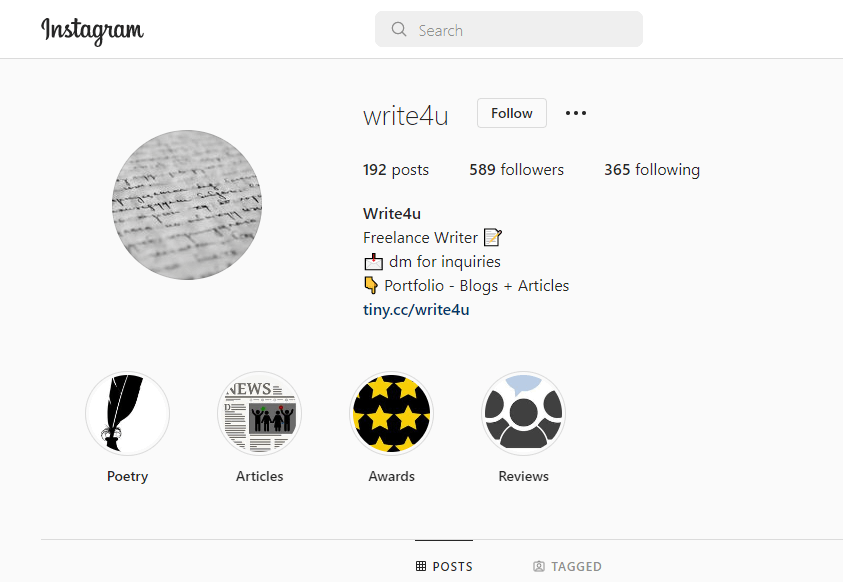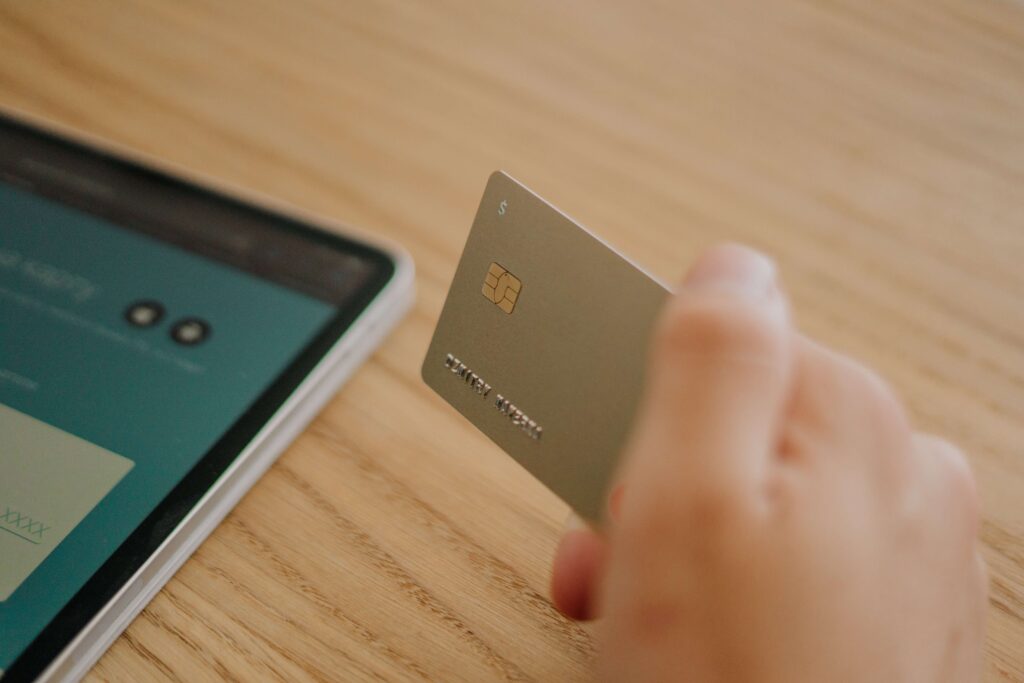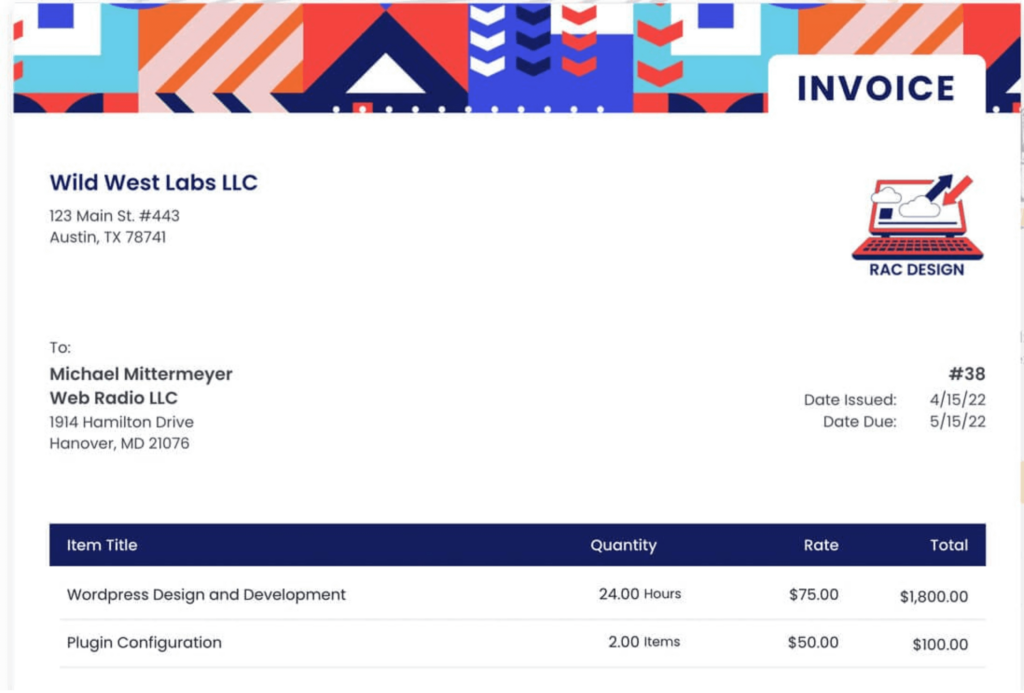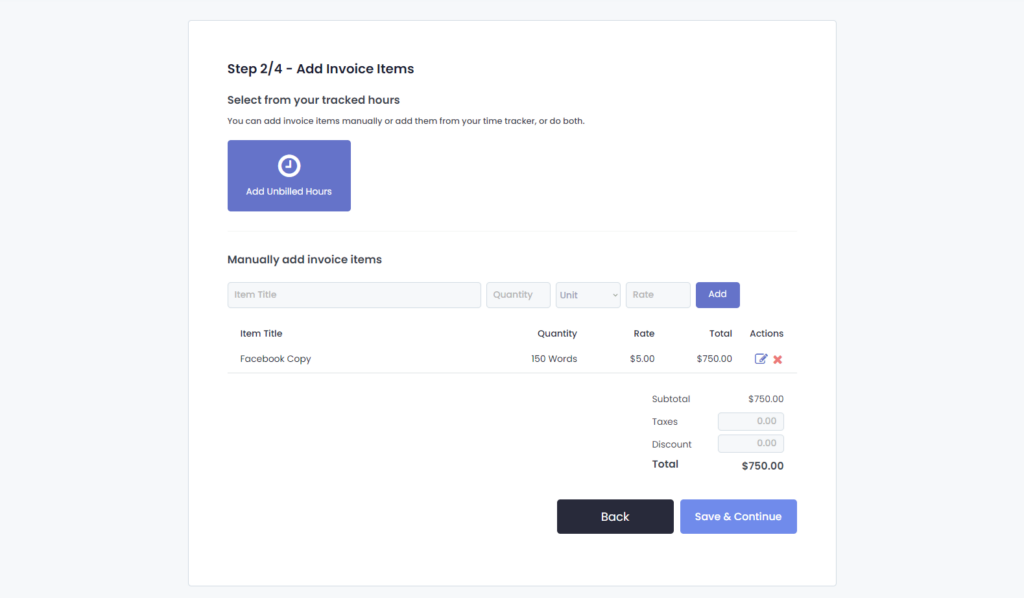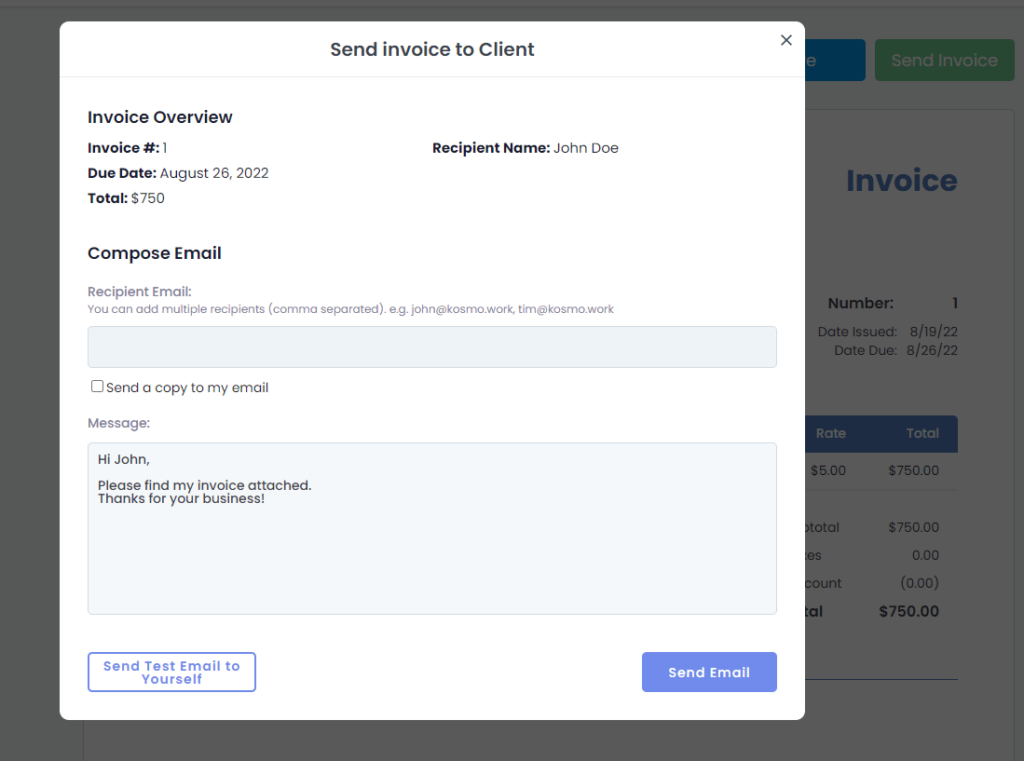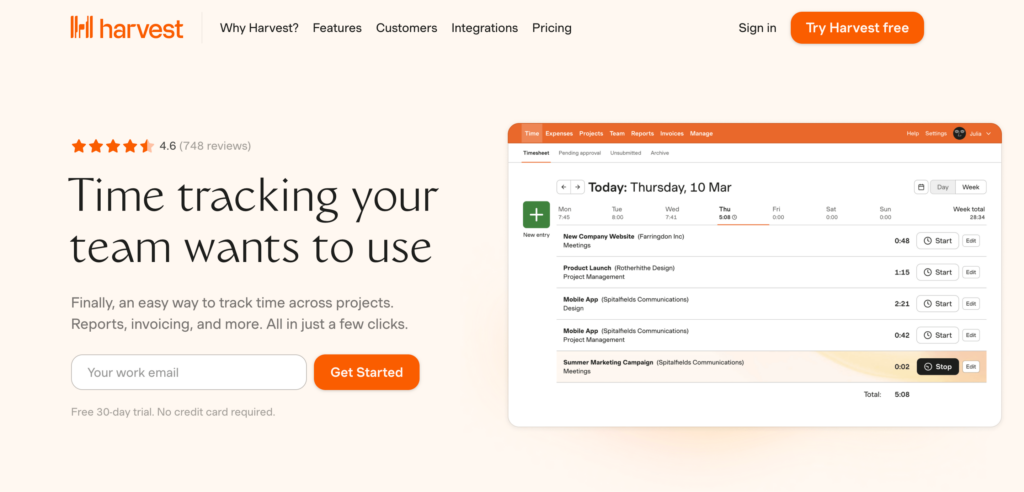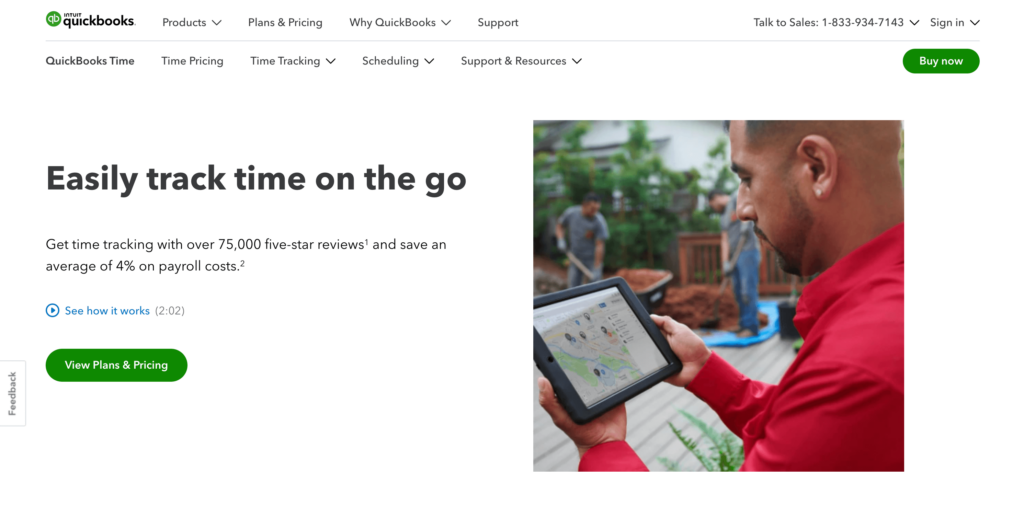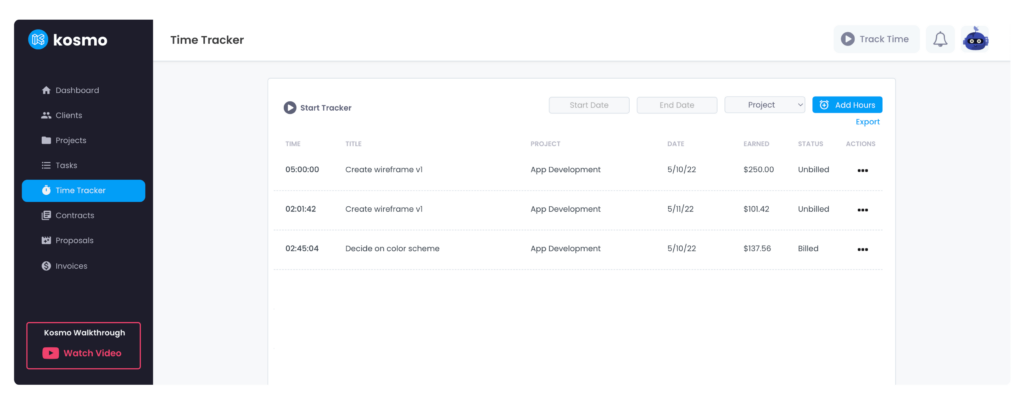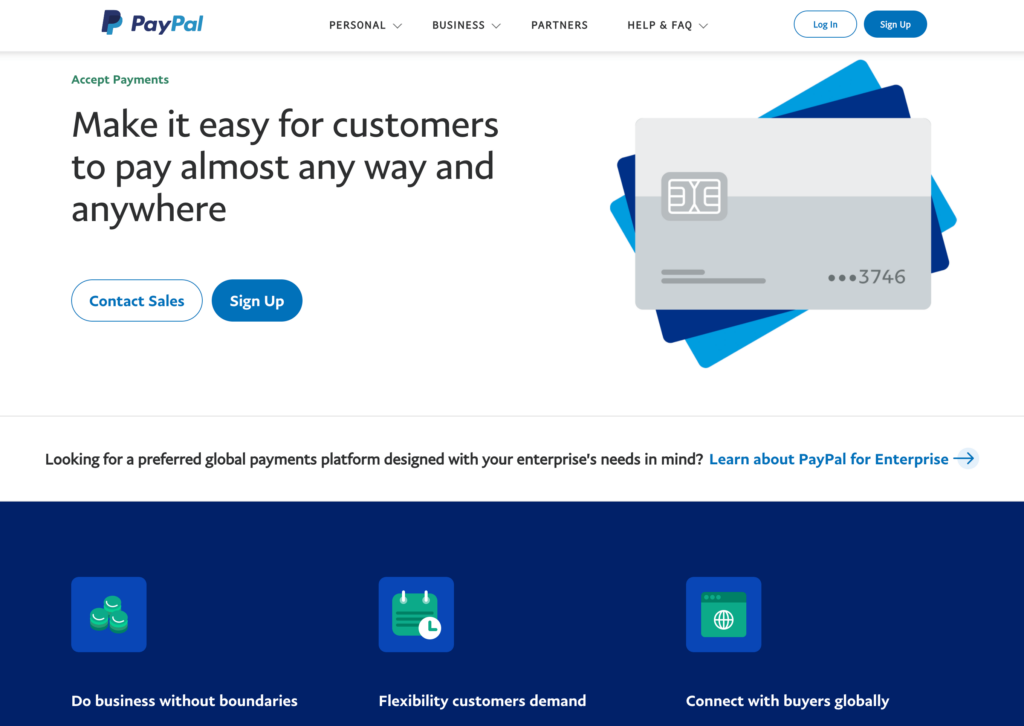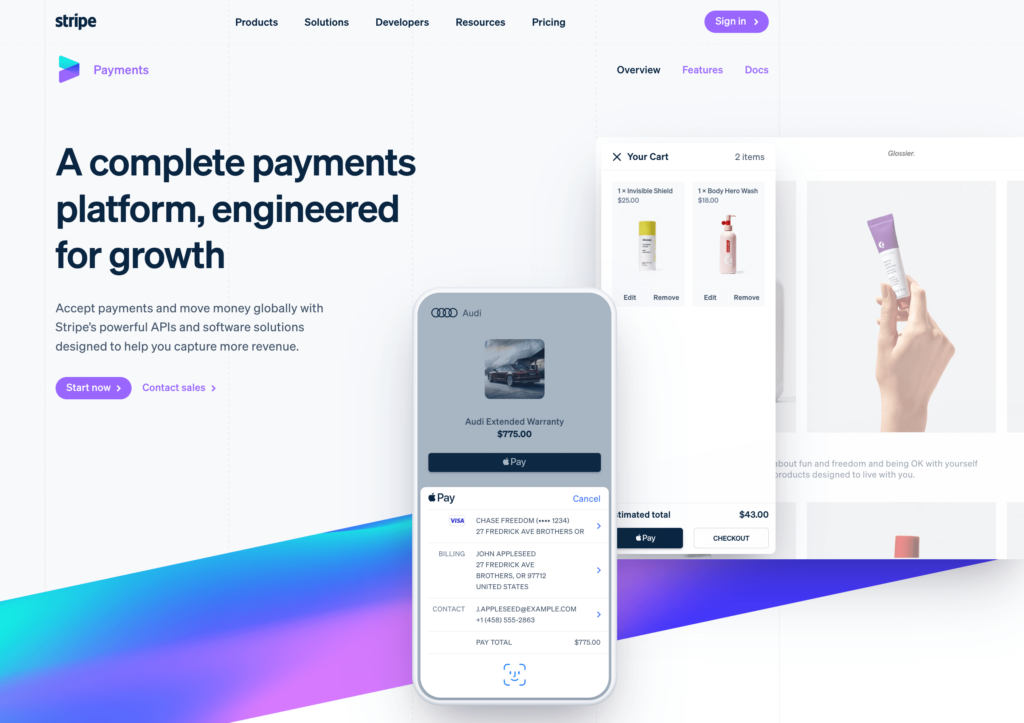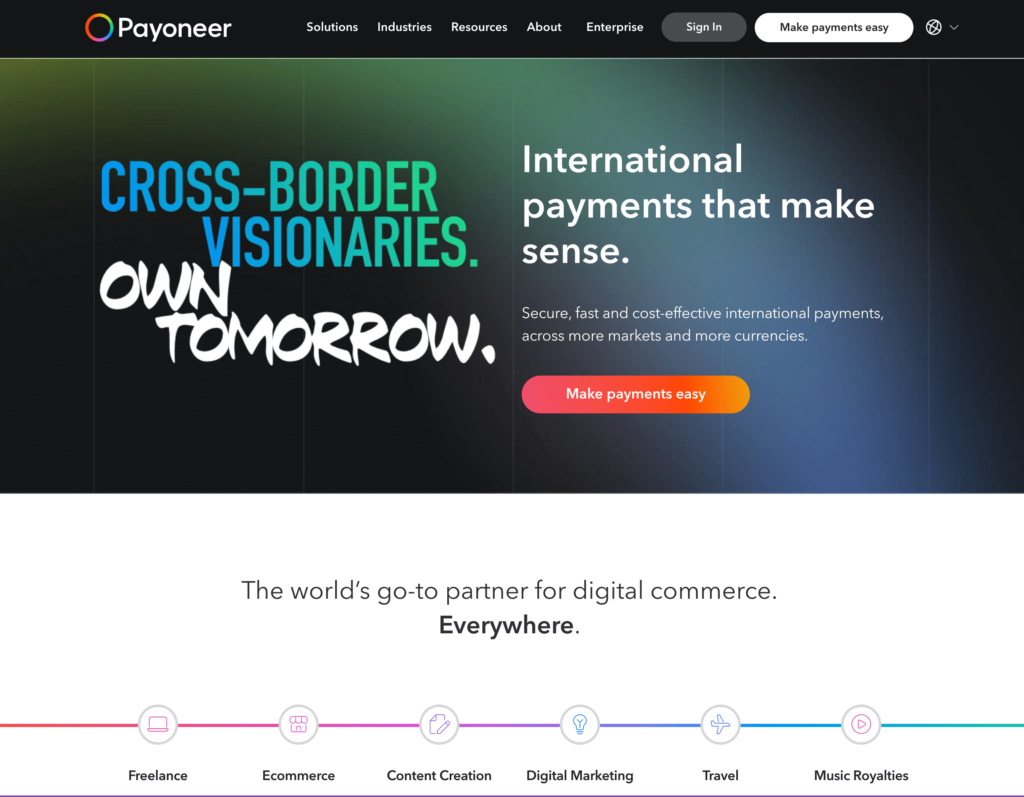How to Cold Email for Freelance Writing – Including Email Examples
If you need clients, it’s time to learn how to cold email for freelance writing. There are times when all of the freelance job market websites seem a bit dry. Either the competition is just too fierce or all of the ongoing projects don’t really excite you. If you are a writer who is after passion first and foremost, you’ll be left to find your own opportunities. And one way to do that is to send cold emails to your desired or potential clients.
Maybe you have a brand that you truly admire and would really like to work for. Or maybe you see other freelance writers working for a particular company that you would like to check out, too. One of the best ways to get your foot in the door is to simply do it. There’s no need to find connections, sometimes, all you need is the confidence to send a cold email.
You might be wondering, why email? Emails are still relevant even with social media and numerous message applications today. It’s still the best channel to reach out to someone without being “intrusive”. Do you know how annoying it is to receive a cold call? So you wouldn’t want to do that to a potential client, email is the way to go.
But before sending that cold email, how do you even go about it? There is an art to writing cold emails. This article will discuss how to write an email asking for freelance work. This is especially if the company or client isn’t exactly advertising they are looking for a writer.
Steps on How to Cold Email for Freelance Writing
If you are more of an introvert or not used to taking chances, cold emailing may seem very foreign to you. It can definitely give you anxiety but the good thing is, it can be something you can overcome over time. At first, how to email for freelance work can be such a daunting task. But freelancers who have been in the biz for years know that it’s all in a day’s work. Here are the steps on how to cold email for freelance writing to get you started:

Step 1: Do your research
The first step is the most important when it comes to making cold emails. You need to do thorough research on the company or client that you would want to do freelance work. This will be the foundation for writing your cold email and even how to send it. So, take down all of the important details that you may need about the company.
Check out the types of campaigns they do, the company policies, and the culture. Also see if the client is formal or more casual when it comes to work, etc. All of these small and big details will add up and focusing on them can be the difference between success and rejection. For example, if you want to do freelance work for a fun, millennial client, you might want to use emojis on your cold email. Of course, if you send that to a more formal client who is more traditional, that type of cold email will not fly.
Step 2: Find the right person to address
This is another important detail you need to learn. Today, you can find the right person by checking out LinkedIn. If you want to work for a certain brand, see who is in charge of the marketing. Or maybe you want to pitch for a magazine, then check out who the editor is. But there might also be an employee who handles contributors.
So, find the right person to address. Again, failing to do this can mean your cold email might go to waste. Maybe you sent it to the VP who is far too busy and doesn’t even handle writer emails. Or you send it to the editor of a magazine whose inbox is already all so full. You might want to send it to a staff writer instead. This of course all depends on the organization or client, so when in doubt, go back to step 1.
Step 3: Use a standout subject line
People’s inboxes can be crazy these days. There are so many subject lines that it’s all a blur. Check out best practices for subject lines to ensure that your mail will not be marked as spam. For starters, maybe don’t capitalize all of the letters of your subject and only use emojis when appropriate.
For example, if the person you will address has a common connection with you, utilize that for your subject line. Maybe you learned about the company from an expo. So you might want to use: “Writer’s Organization Bonanza brought me to you”. If you want to get witty, go ahead. For example, if the company you want to write for is a toy dog company. Use: “Freelance Writer 🐶 Squeaking Full of Ideas”.
Step 4: Personalise it
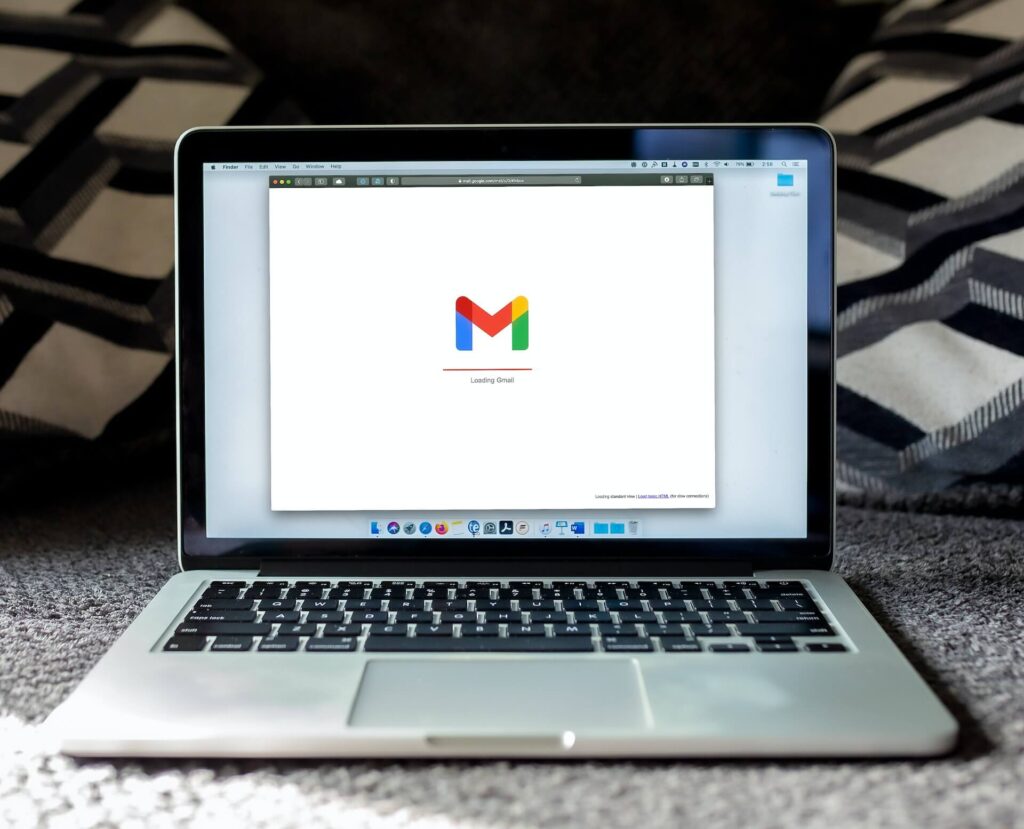
Now comes the main part on how to cold email for freelance writing—actually writing it. When you are at this step, you need to go back to all of your research notes. Don’t use the same cold email for all of the potential clients you want to work for. These have to be details that are related to the company. At the same time can show your writing skills. Take this example below:
You want to write for a makeup company that produces a monthly beauty mini magazine. This company is all about promoting a fun vibe and is aimed at teens and younger women.
Subject: Writer Ready to Highlight ACME Bronzers
Jane Doe
Editor of ACME
ACME
Hi Ms. Doe!
I’m Jenny, a long-time fan and user of ACME. I just want to congratulate you on the launch of your new product, it’s become a staple for me.
As a freelance writer, I love raving about your products and I even write about them on my personal blog (currently with 6,352 subscribers). Would you be interested in a contributing article from me highlighting the newly launched ACME product for your upcoming magazine?
Please feel free to visit my website if you want to see the type of content that I do:
Also, if you have any questions about my article pitch, please let me know.
ACME supporter since 2015,
Jenny
Freelance Writer
As you can see in the sample, the freelance writer starts off with details about the company. Then it’s products and how it relates to her. At the same time, the freelance writer shows what she can do for the company. This is very important, she highlights what she writes about and also tells her viewership.
A cold email is about enticing a potential client on what you can do for them. You need to make them see what kind of value you have. And also how this can translate to something advantageous for them. The final part of the cold email is discussed in the next step.
Step 5: Choose the right CTA
Finally, how to cold email for freelance writing must be topped off with the proper CTA or call-to-action. The CTA will highly depend on the type of potential client you will write to. This will differ, depending on certain factors, such as the working style of the company and also your own preference. Check out some of the CTAs that you may use for your cold email:
• Link to Portfolio or Website
As with the sample above, the CTA of the freelance writer is to have the reader check out her personal website. So, you need to use a CTA that will prompt the reader to click on a link. If you have a portfolio or website, it’s best to showcase the things you can do. Also, it can be a way to show off previous clients already.
If you don’t have a portfolio or website, you can always get creative. Some freelance writers utilize Instagram to market themselves and their skills. This is a good place to showcase your writing skills as well as your overall creativity. If you are trying to pitch for social media content, linking to your IG is a perfect CTA.
• Meeting Setup
Maybe you are more of an extrovert and prefer to meet up with clients in person or through a video chat. If this is more up to your speed, then your CTA should be about setting up a meeting. So, you could say something along the lines of “I’d love to have a meeting with you online or in person, does Thursday at 10 AM work for you?”. Make it easier for your client by adding set details instead of having them throw out a schedule at you.
• Rates Information
If you have a client who is more straight to the point, they would prefer to see your rates right away. So, your CTA can be to ask them to check out your rates on your site or even as an attachment to your email. Not all clients like this, so make sure this cold email with this CTA is heading to the right one.
Tips for Freelance Writers

• Always reply politely, even in times of rejection
It happens, cold emails are not always going to garner success. But it can be a little bit of success to have a potential client to even reply, even if it is to say that they don’t need freelance writers at the moment. Whatever happens, always remain polite and professional, and always reply—say thank you for their time and to keep you in mind for future projects.
• Learn when to follow up and when to let go
As a general rule, if a potential client does not reply to you, you can always do a follow-up email to your initial cold email. There are also some potential clients that may tell you to email again at a certain time, you may do so. The toughest pill to swallow would have to be to learn to let go. Some clients may reply at first and even lead you on and then suddenly disappear. When this happens, you need to know if you should follow up or just move on to another potential client.
• Make a list of companies/clients
With so many clients and companies out there, you’re definitely going to need a list. A good tip is to make a spreadsheet where you can put in the relevant information. Aside from including the name of the client or the company, also add columns for the contact person, the email, and also when you sent your cold email, and other correspondence details. This will help you in the long run when you need to do another batch of cold emails in the future.

Conclusion
Learning how to cold email for freelance writing is a really important skill to learn. There are times you want to carve out your own opportunities as there aren’t any available viable freelance jobs being offered. When you learn how to cold email for freelance writing, it gives you another chance to survive in the world of freelancing.
Get Organized & Win More Clients
Kosmo has everything you need to run your freelancing business.



